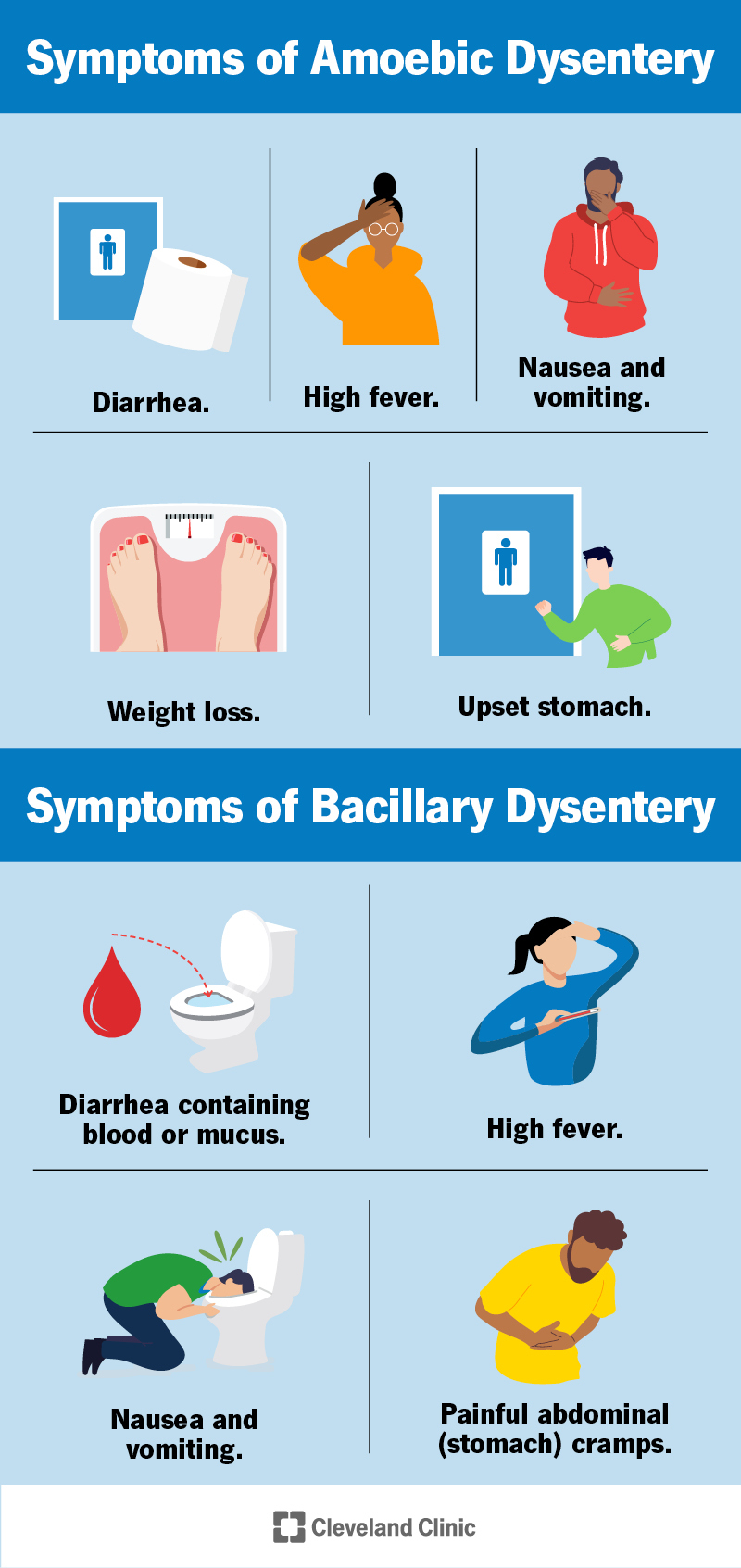What is Dysentery?
Dysentery is a type of gastrointestinal infection caused by the ingestion of food or water contaminated with the bacteria Shigella, Salmonella, or Campylobacter. The disease is characterized by severe diarrhea, often accompanied by blood and mucus, abdominal pain, and fever. If left untreated, dysentery can lead to dehydration, malnutrition, and even death, particularly among vulnerable populations such as children, the elderly, and those with compromised immune systems.
Causes of Dysentery in Disaster Response Teams
Disaster response teams are at high risk of contracting dysentery due to the following factors:
- Contaminated Water: Floods, landslides, and other disasters can contaminate water sources, making them unsafe for consumption.
- Poor Sanitation: Inadequate waste management and lack of proper toilet facilities can lead to the spread of dysentery-causing bacteria.
- Inadequate Hygiene: Insufficient handwashing facilities and lack of personal hygiene practices can facilitate the transmission of dysentery.
- Crowding: Overcrowding in shelters and relief camps can increase the risk of person-to-person transmission of dysentery.
Symptoms of Dysentery
The symptoms of dysentery can range from mild to severe and may include:
- Diarrhea: Severe, watery diarrhea that may be bloody or contain mucus.
- Abdominal Pain: Cramping, tender abdomen, and discomfort.
- Fever: High fever, often accompanied by chills and headaches.
- Nausea and Vomiting: Loss of appetite, nausea, and vomiting.
- Dehydration: Excessive thirst, dark urine, and decreased urine output.
Measures to Prevent Dysentery in Disaster Response Teams
To prevent dysentery outbreaks in disaster response teams, the following measures can be taken:
- Provide Safe Drinking Water: Ensure access to safe drinking water by using water purification tablets, filters, or boiled water.
- Improve Sanitation: Establish proper toilet facilities, and ensure regular waste disposal and cleaning.
- Promote Hand Hygiene: Provide handwashing facilities with soap and water, and promote regular handwashing practices.
- Implement Food Safety Measures: Ensure that food is handled, stored, and cooked safely to prevent contamination.
- Conduct Health Surveillance: Monitor team members for symptoms of dysentery and provide prompt medical attention if necessary.
- Vaccination: Consider vaccinating team members against dysentery-causing bacteria, such as Shigella.
- Education and Training: Educate team members on dysentery prevention, symptoms, and treatment, and provide training on proper hygiene practices.
Additional Measures for Disaster Response Teams
In addition to the measures mentioned above, disaster response teams can take the following steps to prevent dysentery outbreaks:
- Conduct Risk Assessments: Assess the risk of dysentery outbreaks in the affected area and develop strategies to mitigate that risk.
- Establish a Medical Response Plan: Develop a plan for responding to medical emergencies, including dysentery outbreaks.
- Coordinate with Local Health Authorities: Collaborate with local health authorities to obtain information on the prevalence of dysentery in the affected area and to develop strategies for prevention and control.
- Provide Personal Protective Equipment: Provide team members with personal protective equipment, such as gloves, masks, and goggles, to prevent exposure to dysentery-causing bacteria.
FAQs
- What is the incubation period of dysentery?
The incubation period of dysentery can range from 1-4 days, depending on the type of bacteria and the individual’s overall health. - Can dysentery be treated?
Yes, dysentery can be treated with antibiotics, fluid replacement, and rest. In severe cases, hospitalization may be necessary. - How can I prevent dysentery while working in a disaster response team?
To prevent dysentery, practice good hygiene, wash your hands regularly, use safe drinking water, and avoid consuming contaminated food or water. - What are the complications of dysentery?
Complications of dysentery can include dehydration, malnutrition, and even death, particularly among vulnerable populations. - Can dysentery be prevented through vaccination?
Yes, vaccination against dysentery-causing bacteria, such as Shigella, can help prevent the disease.
Conclusion
Dysentery prevention is a critical aspect of disaster response teams’ operations, as it can help prevent outbreaks and protect team members and affected communities from this potentially life-threatening disease. By understanding the causes and symptoms of dysentery, taking proactive measures to prevent its spread, and providing education and training to team members, disaster response teams can minimize the risk of dysentery outbreaks and ensure a safe and effective response to emergencies. Remember, prevention is key, and by prioritizing dysentery prevention, disaster response teams can help save lives and reduce the burden of this disease on affected communities.
Closure
Thus, we hope this article has provided valuable insights into Dysentery prevention in disaster response teams. We hope you find this article informative and beneficial. See you in our next article!
